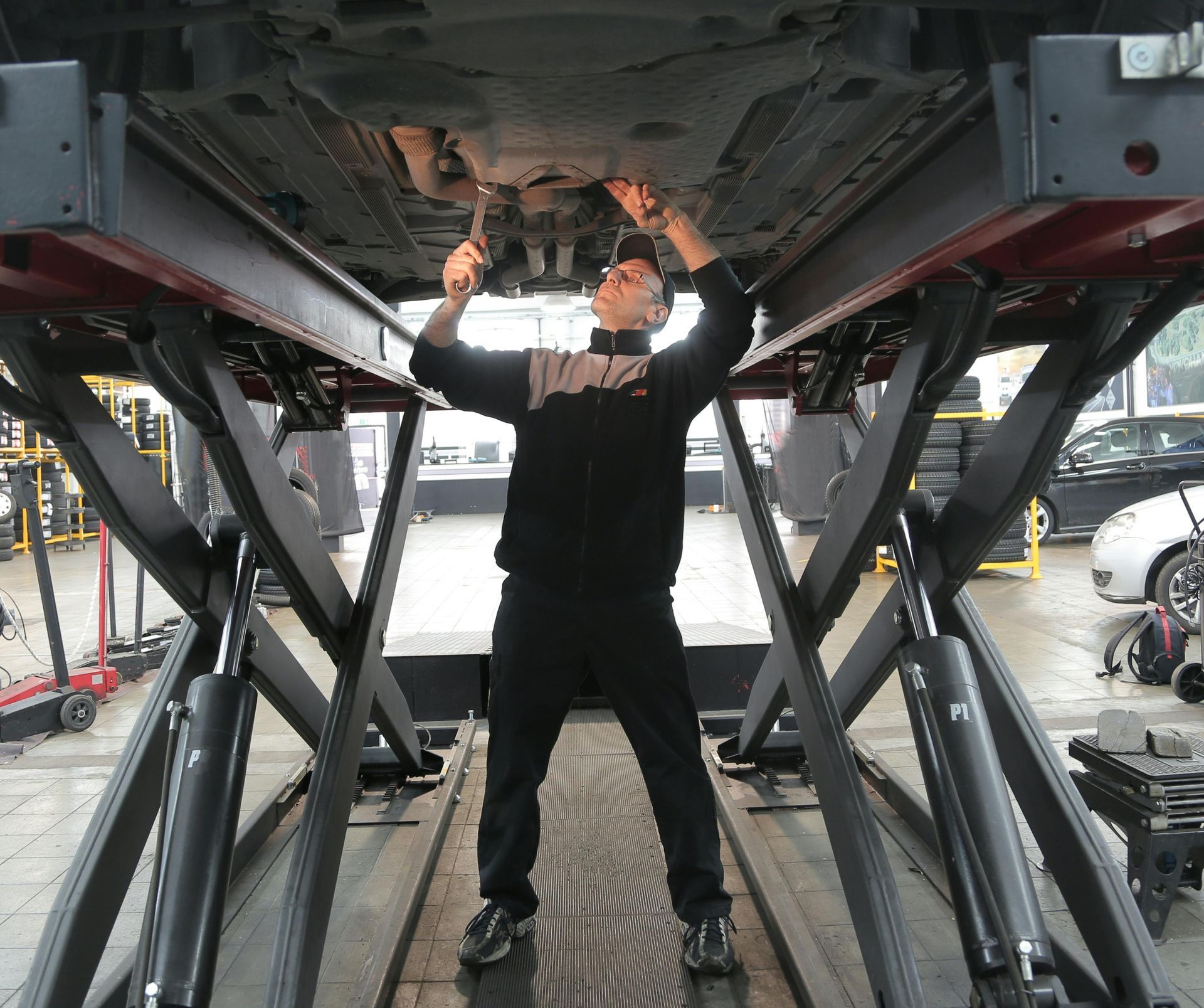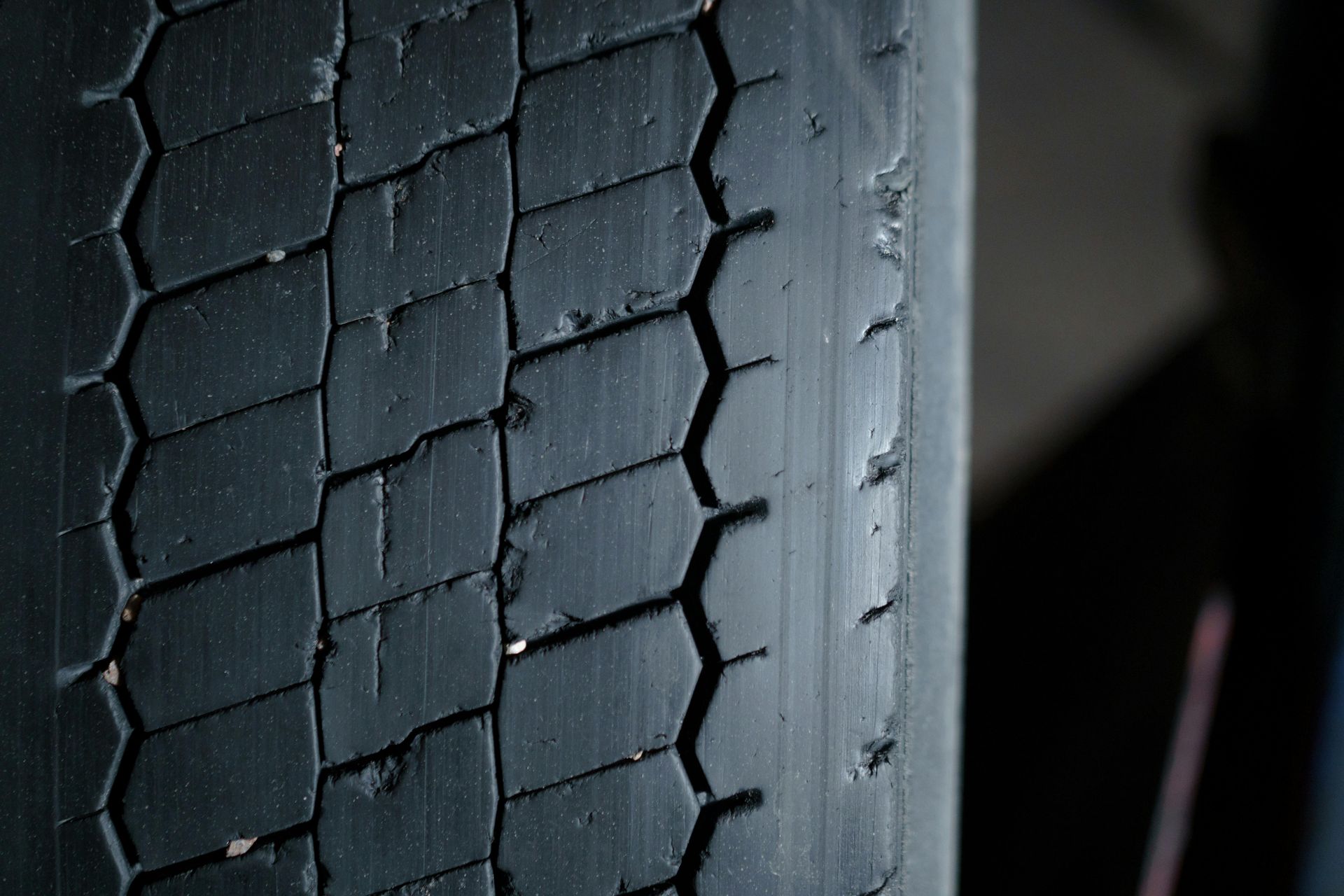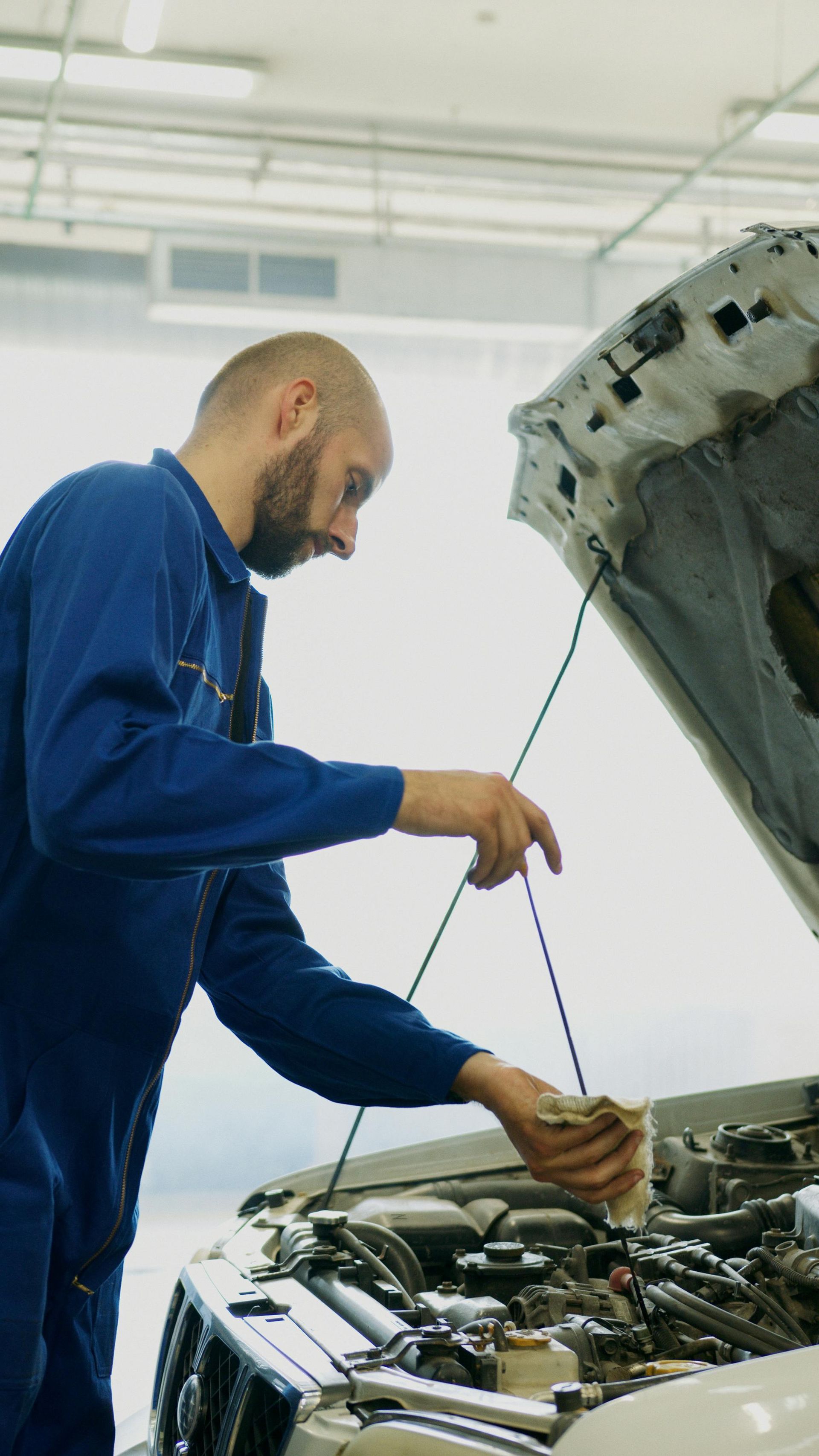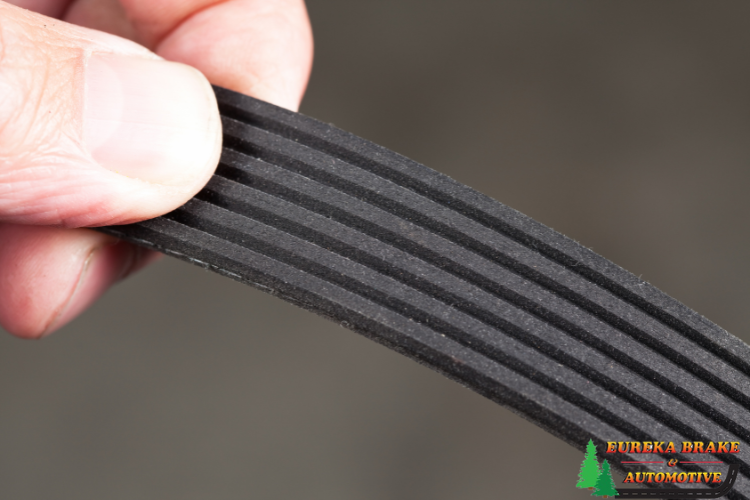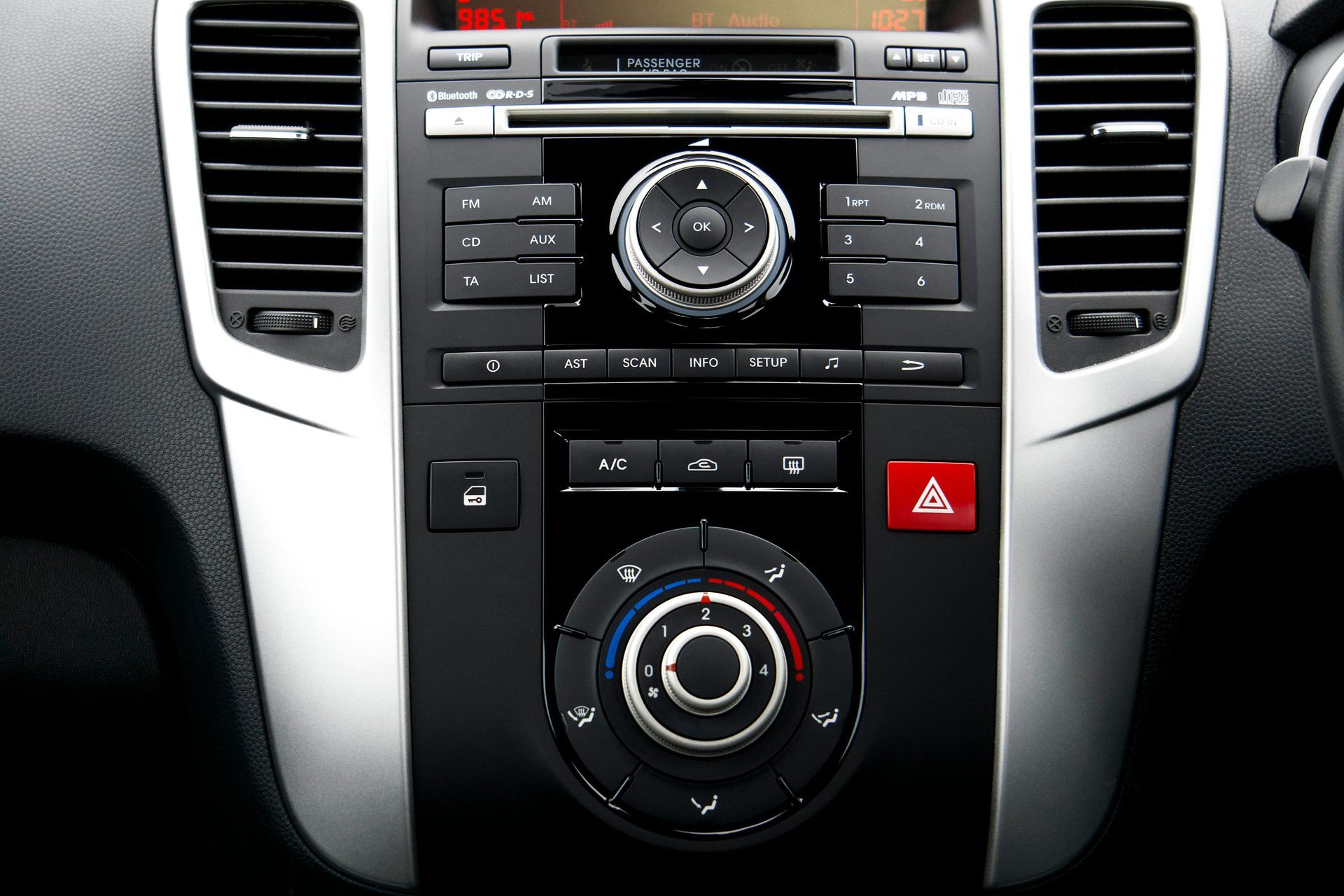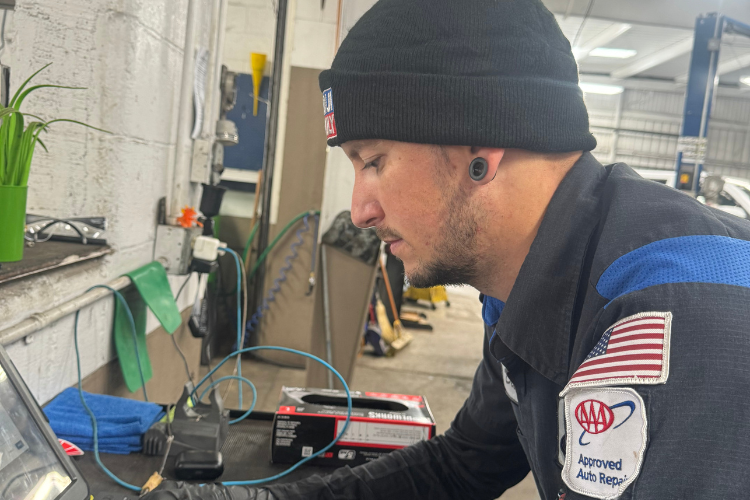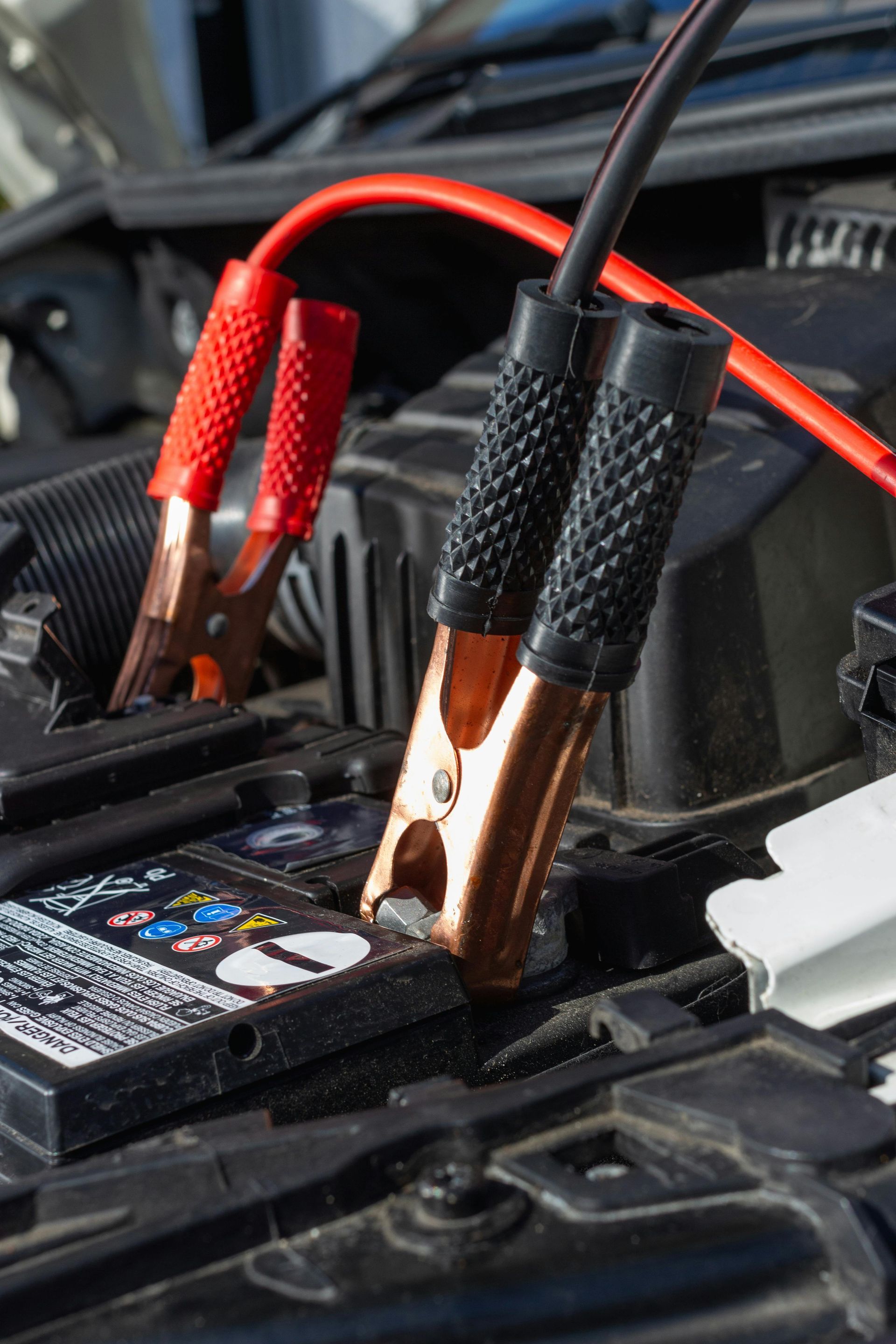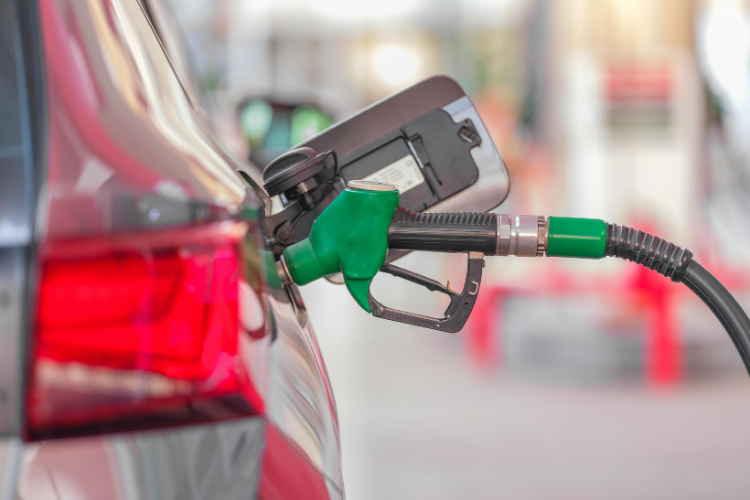Recognizing Brake Wear Symptoms Following Summer Driving in Eureka
Summer driving in Humboldt County puts unique stresses on your vehicle's brake system. From the steep grades heading toward the Avenue of the Giants to the winding coastal routes along Highway 1, months of warm-weather adventures can accelerate brake wear in ways many drivers don't expect. As fall approaches and wet weather returns to Eureka, recognizing the warning signs of brake wear becomes critical for your safety on slick roads.
Listen for Unusual Brake Noises
Your brakes communicate their condition through sound, and summer's accumulated wear often becomes noticeable as temperatures cool and driving patterns change. Different noises indicate different problems, so learning to identify them helps you address issues before they become dangerous.
Common brake sounds and their meanings:
- High-pitched squealing usually indicates worn brake pads
- Grinding or scraping means pads are completely worn and damaging rotors
- Clicking or rattling suggests loose brake components
- Groaning during braking often points to warped rotors
Squealing brakes are especially noticeable during Eureka's cool morning fog when sound carries differently than in dry summer air. Don't ignore these audio warnings – they're your brake system's way of telling you it needs attention.
Pay Attention to Pedal Feel Changes
Summer's heat and heavy use can change how your brake pedal feels and responds. These changes often develop gradually, making them easy to miss until they become severe enough to affect stopping ability.
Brake pedal warning signs:
- Pedal feels spongy or soft when pressed
- Brake pedal sinks slowly toward the floor
- Pedal requires more pressure than usual to stop
- Pedal vibrates or pulsates during braking
A soft brake pedal often indicates air in the brake lines or worn brake fluid – both problems that worsen in wet weather. If your pedal feels different than it did at summer's start, have your brake system inspected before fall's rainy season begins.
Watch for Vehicle Pulling or Drifting
Uneven brake wear causes your vehicle to pull to one side during braking, a problem that becomes more dangerous on wet roads. Summer driving on varied terrain around Eureka can cause brake pads to wear unevenly, especially if you frequently drive mountain grades or coastal routes with different demands on each wheel.
Signs of uneven brake wear:
- Car pulls left or right when braking
- Steering wheel turns on its own during stops
- Uneven wear patterns visible on brake rotors
- One wheel gets noticeably hotter than others after driving
This pulling effect becomes particularly hazardous during emergency stops on wet Highway 101 or when braking suddenly to avoid wildlife on rural roads around Fortuna or McKinleyville.
Check for Visible Brake Component Wear
Sometimes you can spot brake problems with a visual inspection, especially after summer's driving has accelerated normal wear patterns. Look through your wheel spokes to examine brake components when your car is parked and wheels are cool.
What to look for:
- Brake pads thinner than a quarter-inch
- Deep grooves or scoring on rotor surfaces
- Rust or corrosion on brake components
- Brake fluid leaks near wheels or under the car
Rotors should have smooth, even surfaces without deep grooves or heat discoloration. If you see metal-on-metal contact areas or brake pads that look extremely thin, stop driving and seek immediate professional service.
Notice Longer Stopping Distances
Worn brakes gradually increase your stopping distance, a change that happens slowly enough that many drivers adapt without realizing the danger. After months of summer driving, your brakes might not stop your vehicle as quickly as they once did.
Test your stopping distance safely:
- Find an empty parking lot with good visibility
- Approach at low speed (15-20 mph)
- Apply brakes firmly but not abruptly
- Note how far your car travels before stopping
If stopping distance seems longer than expected, or if you find yourself pressing the brake pedal harder to achieve the same results, your brake system needs professional inspection before wet weather makes stopping even more challenging.
Smell Warning Signs
Your nose can detect brake problems before they become visible or audible. Summer's heat combined with heavy brake use creates specific odors that indicate different types of brake wear or damage.
Brake-related smells to watch for:
- Burning or metallic smell after hard braking indicates overheated components
- Sweet smell might suggest brake fluid leaking onto hot parts
- Chemical odor could mean brake pads are overheating or glazing
- Acrid smoke smell signals immediate brake system problems
These smells are particularly noticeable after driving Eureka's hill country or returning from trips through mountainous areas where brakes work harder than normal.
Temperature Changes Affect Brake Performance
Fall's cooler temperatures can expose brake problems that weren't obvious during summer heat. Cold weather changes how brake fluid behaves, how metal components expand and contract, and how friction materials perform.
Cold weather brake considerations:
- Brake fluid thickens in cool temperatures
- Metal rotors and drums contract, potentially changing clearances
- Moisture in brake lines becomes more problematic
- Worn seals might leak more in temperature fluctuations
Eureka's transition from warm summer days to cool fall mornings puts extra stress on brake systems already weakened by summer wear.
The Danger of Delayed Brake Service
Postponing brake repairs becomes increasingly dangerous as wet weather approaches. Problems that seemed minor during dry summer driving become serious safety hazards when roads are slick from rain or morning fog.
Worn brakes combined with wet pavement dramatically increase stopping distances and reduce your ability to control your vehicle during emergency situations. This is especially critical on Eureka's coastal highways where sudden weather changes are common.
Brake Fluid Maintenance Matters
Summer heat affects brake fluid quality, and old fluid becomes less effective at transferring the force from your brake pedal to your wheels. Brake fluid absorbs moisture over time, which lowers its boiling point and can cause brake fade during heavy use.
Signs your brake fluid needs attention:
- Dark, dirty, or contaminated appearance
- Low fluid level in the reservoir
- Moisture or debris visible in the fluid
- Spongy brake pedal feel
Fresh brake fluid before fall's wet season ensures consistent braking performance when you need it most.
Professional Brake Service for Peace of Mind
Don't gamble with your safety as Eureka's wet season approaches. At Eureka Brake & Automotive, our ASE-certified technicians specialize in comprehensive brake system diagnosis and repair. We know how summer driving around Humboldt County affects brake components and can identify problems before they compromise your safety.
Our experienced team uses the latest diagnostic equipment to thoroughly inspect your brake system, from pads and rotors to brake fluid and hydraulic components. We'll explain what we find in plain language and recommend only the services your vehicle actually needs.
Concerned about your brakes after summer driving? Call us at (707) 200-7097 or book your appointment online. Let our brake specialists ensure your vehicle stops safely and reliably throughout the rainy months ahead. Your family's safety is worth the peace of mind that comes from professional brake service.
